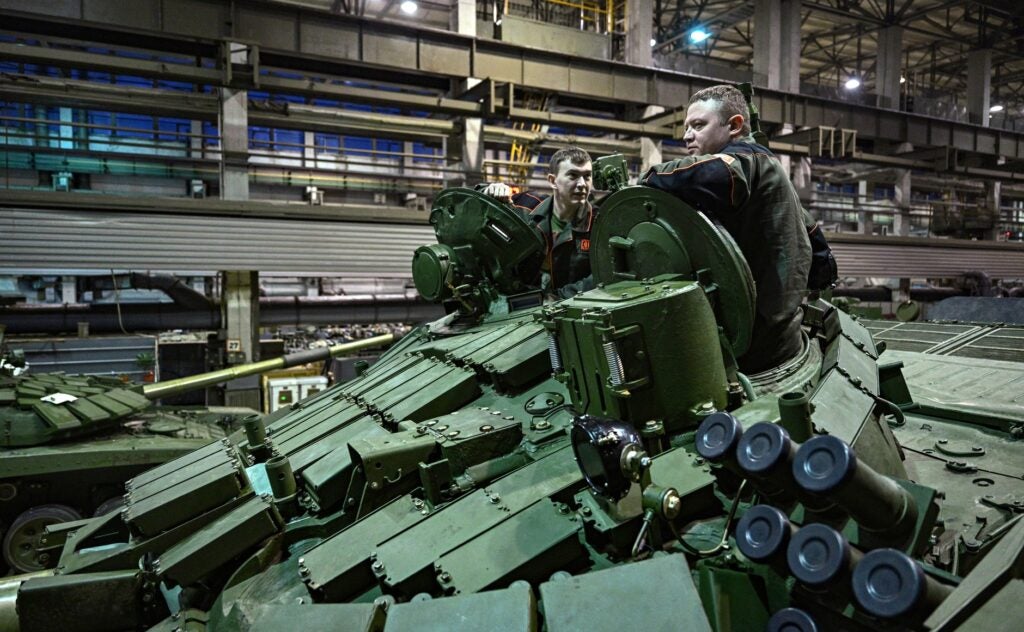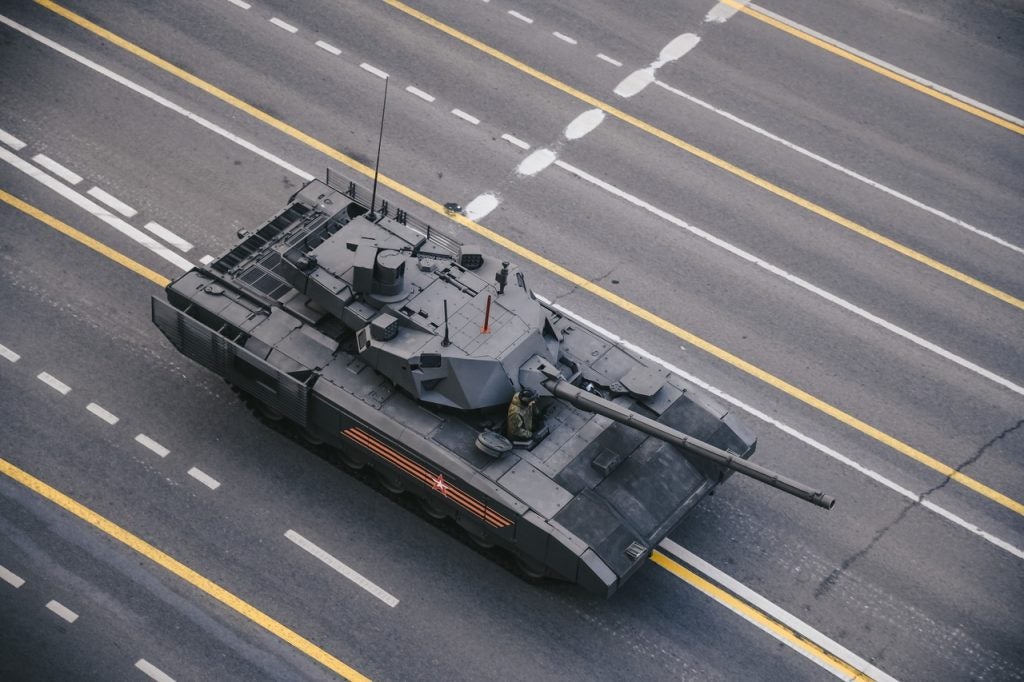Rostec CEO: T-14 Armata Too Expensive To Use In Ukraine
Sergey Chemezov, the head of Rostec, the Russian state-owned conglomerate that is the parent company of many Russian arms manufacturers, has reportedly said that the T-14 Armata main battle tank is too expensive to be fielded in Russia’s full scale invasion of Ukraine.
In comments to the state-run RIA Novosti news service published on March 4, Chemezov said that while the T-14 was far superior to existing tanks, but was too expensive for the Russian Ground Forces to purchase for use in Ukraine, using the “special military operation” euphemism to refer to the invasion. “It’s easier for them to buy the same T-90s”.
“Now we need money to create new tanks, new weapons, perhaps cheaper ones. Therefore, if there is an opportunity to buy cheaper ones, why not”, continued Chemezov, who claimed that despite the decision to not deploy them to Ukraine, T-14s were now in service with the Russian army.

In April 2023, RIA Novosti reported that some T-14s had been deployed to Ukraine, with its source claiming that the version used had been deployed with improved side armor. The news agency’s source added that the tanks had already been used to shell Ukrainian positions, but had not been used in “direct assault operations”. No photographic or video evidence of T-14s in Ukraine has been confirmed to date.
The T-14 has been undergoing a continuously lengthening series of “state trials” since its unveiling in 2015, with manufacturer UralVagonZavod and Rostec’s projected dates for the start of mass production for the T-14 and other members of the Armata family slipping as well.
While UralVagonZavod does manufacture new T-90Ms and BMPT tank support vehicles that are sent to Ukraine, an increasingly large amount of its vehicle manufacturing capability and that of other Russian armored vehicle manufacturers is now being directed towards refurbishing and upgrading vehicles previously in storage to replace Russian vehicle losses.

